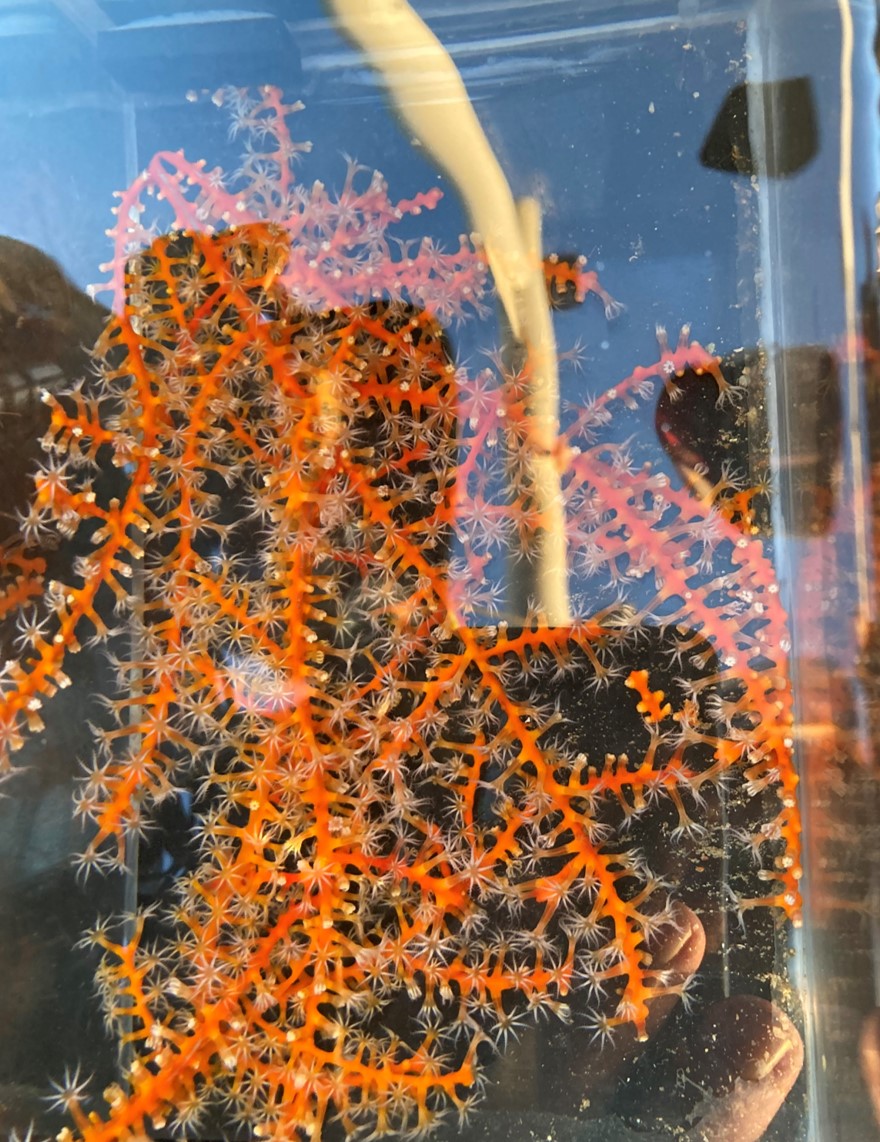Exploring and Documenting Our
Oceans to Support Conservation
and Management.
Exploring and Documenting Our
Oceans to Support Conservation
and Management.
Exploring and Documenting Our
Oceans to Support Conservation
and Management.
| THE LATEST
| FEATURED
| EXPLORE
View our deep-sea imagery
Select photos videos from expeditions includes rarely seen species from deep marine environments.
View our deep-sea imagery
We take hundreds of photos and hours of video with our ROV camera systems during each expedition. Explore some of our imagery, including rarely seen species from deep marine environments.








